How to Identify Fresh and High-Quality Frozen Shrimp
Distinguishing fresh frozen shrimp at the supermarket is also a challenging task because they are commonly presented in packaging.
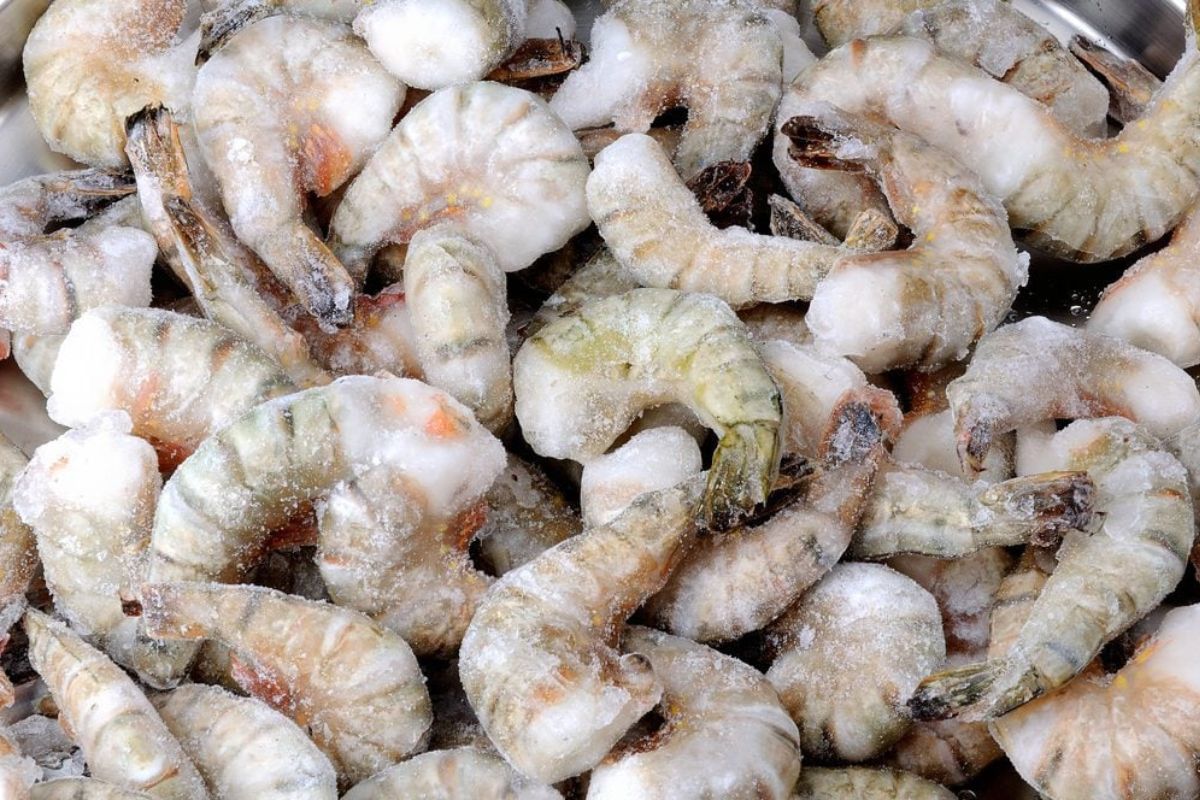
So, how do you choose fresh and high-quality shrimp?
Characteristics of Fresh Frozen Shrimp
1. No Freezer Burn
After harvesting, shrimp are typically immediately placed in boxes with ice to preserve freshness until processing. However, this method is not entirely risk-free. There is a possibility of shrimp becoming damaged if the ice melts during transport. This phenomenon is called freezer burn.
Freezer burn occurs when the surface of frozen food oxidizes due to open packaging, resulting in a change in color. This can also happen to frozen shrimp. If you see signs of freezer burn on shrimp, it’s best not to choose that shrimp.
2. No Black Spots
One sign of fresh and high-quality shrimp is the absence of black spots on the shell. Although frozen shrimp with black spots are not necessarily spoiled or rotten (it’s a natural reaction in shrimp and safe to eat), some sellers use preservatives like sulfites to prevent this. However, note that sulfites can trigger allergic reactions, so be cautious when choosing shrimp preserved with this ingredient.
3. No Ammonia Smell
If you bought shrimp a few days ago and stored them in the freezer, it’s important to ensure they are still safe to eat. One way to check is to smell for any ammonia odor. Spoiled shrimp usually have an unpleasant smell.
To check, thaw the shrimp in the freezer and then smell it. If you detect a strong ammonia odor, it’s recommended to discard it rather than risking unnecessary health problems. Ensuring the safety and quality of the seafood you consume is very important.
4. Shell Adheres Firmly to Shrimp Flesh
Avoid buying frozen shrimp if many shells are already peeled off. Fresh and safe-to-eat shrimp usually have shells that are tightly attached and firm. Although for frozen shrimp, the heads may no longer be there, as long as the flesh is still white, it indicates the shrimp is still in good condition.
5. Not Slimy
In addition to the previous four characteristics, another way to assess whether shrimp is good or not is to check if it’s wet but not excessively slimy when taken out of the freezer. Fresh shrimp should be wet but not overly slimy. Excessive sliminess indicates possible bacterial growth, perhaps due to prolonged storage or excessive chemical use by the producer.
The easiest way to ensure the condition of packaged frozen shrimp is to check the expiration date label. Through this label, you can determine whether the shrimp is still within a safe storage period or has passed its limit.
How Long Does Shrimp Last in the Freezer?
Raw shrimp will spoil quickly if left at room temperature. Therefore, it’s recommended to cook shrimp on the day of purchase. If you need to store it for the next day, store it properly in the freezer to extend its shelf life.
Frozen shrimp should still be safe to consume according to its expiration date. However, if stored in the refrigerator, shrimp will only remain good for 1-2 days. In the freezer, fresh shrimp can last for 3-6 months although its quality will decline over time. Nevertheless, it can still be safely consumed.
Cre: delosaqua.com
Contact AQUA MINA for consultation and supply of aquaculture round tanks and aquaculture equipment for high-tech shrimp farming.
- Address: 685 National Highway 1A, Binh Hung Hoa Ward, Binh Tan District, Ho Chi Minh City
- Phone: 1800 6071 (Toll-free hotline)
- Email: sales@aquamina.com.vn or oversea@aquamina.com.vn
Aqua Mina's distributor in Japan: REX INDUSTRIES CO., LTD
- Address: 1-9-3 Hishiya-Higashi, Higashi-Osaka 578-0948 JAPAN
- Email: kimakubo@rexind.co.jp
- Phone: +81-(0)72-961-9893
- Website: http://www.rexind.co.jp/e/
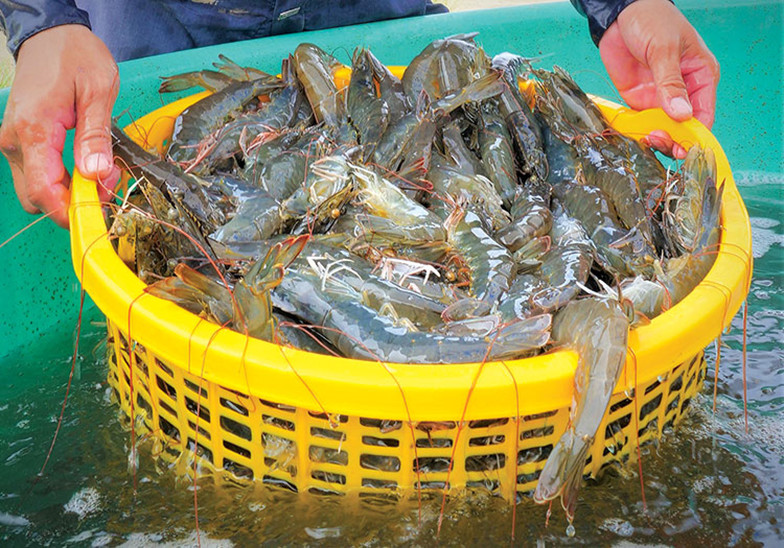
WE WORK FOR YOUR SUCCESS!
Ngày đăng : 17/02/2025
2499 View
Other Articles
Portuguese food group acquires 18% stake in cod farming company Norcod
Indonesia implements radioactive-free shrimp certification for exports to the United States
India is world’s second-largest shrimp producer. That is now under threat
Ca Mau’s shrimp industry moves towards “green” growth
Floods devastate aquaculture, processing operations in Vietnam
Ecuador Leads Global Shrimp Exports, Surpassing USD 7 Billion in 2025
India's marine product exports rise 16% as new markets offset US dip
Skretting presents the first shrimp feed with insect meal in Vietnam
Sharing: EU increases shrimp imports in the first 9 months of the year
Gideon De Oro opens high tech Cebu shrimp plant, to revive exports
White-leg shrimp facing WSSV: When density and environment fluctuate together








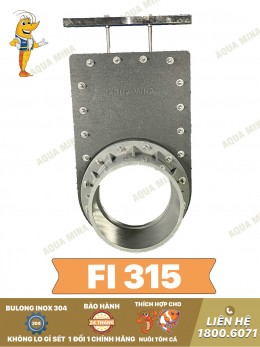
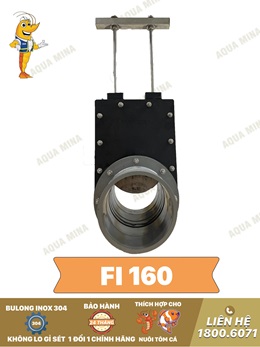
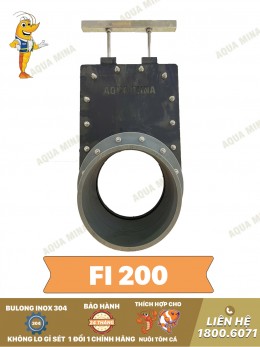
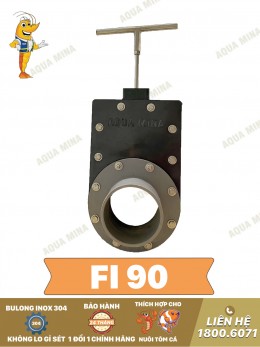
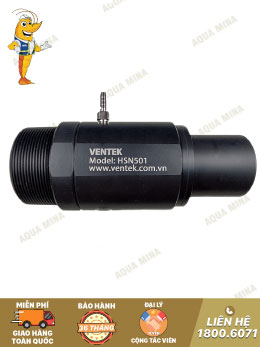
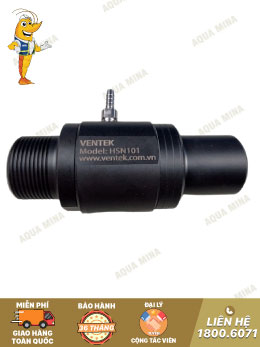

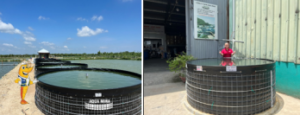


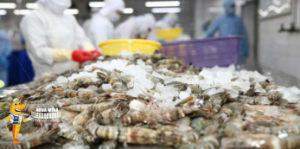
.jpg)